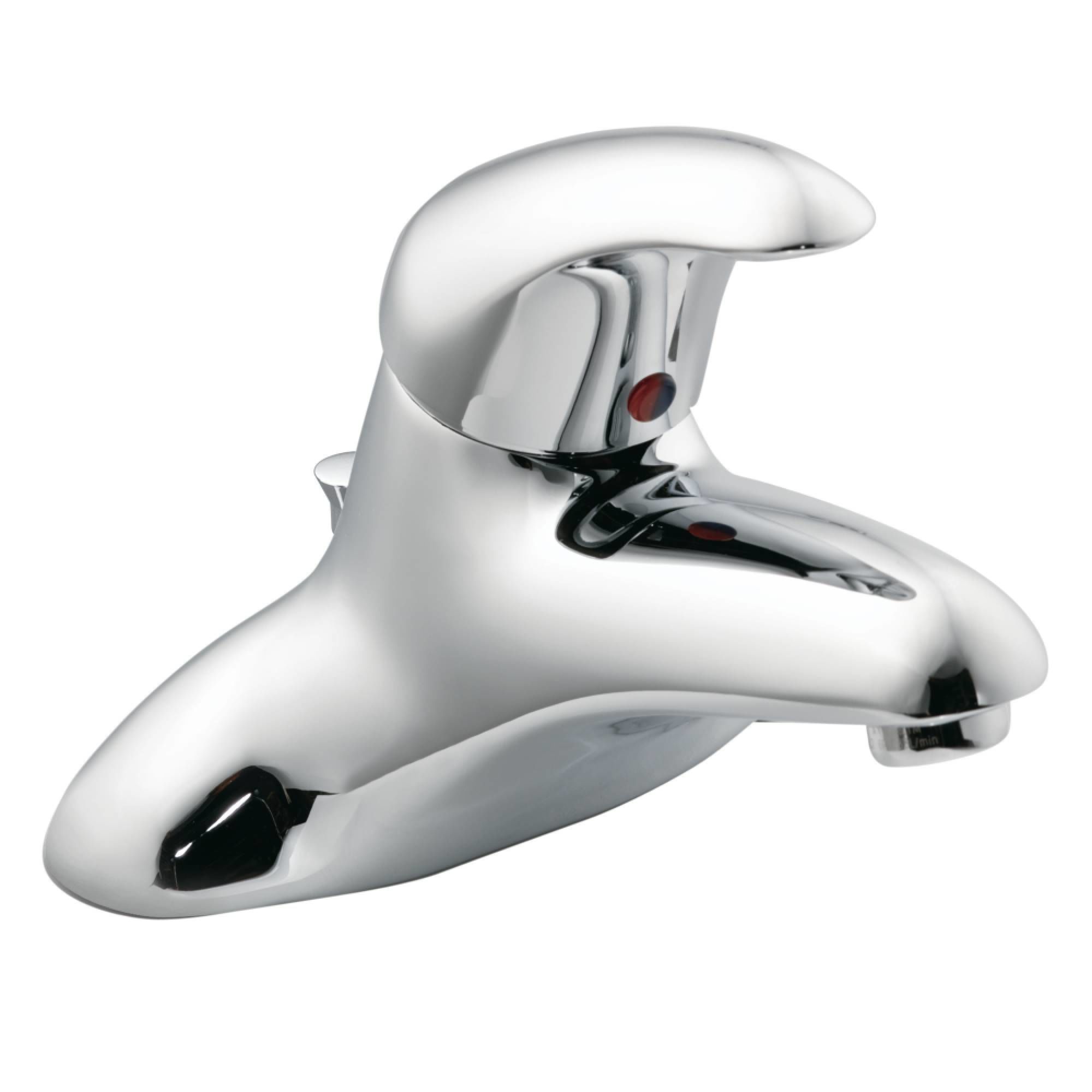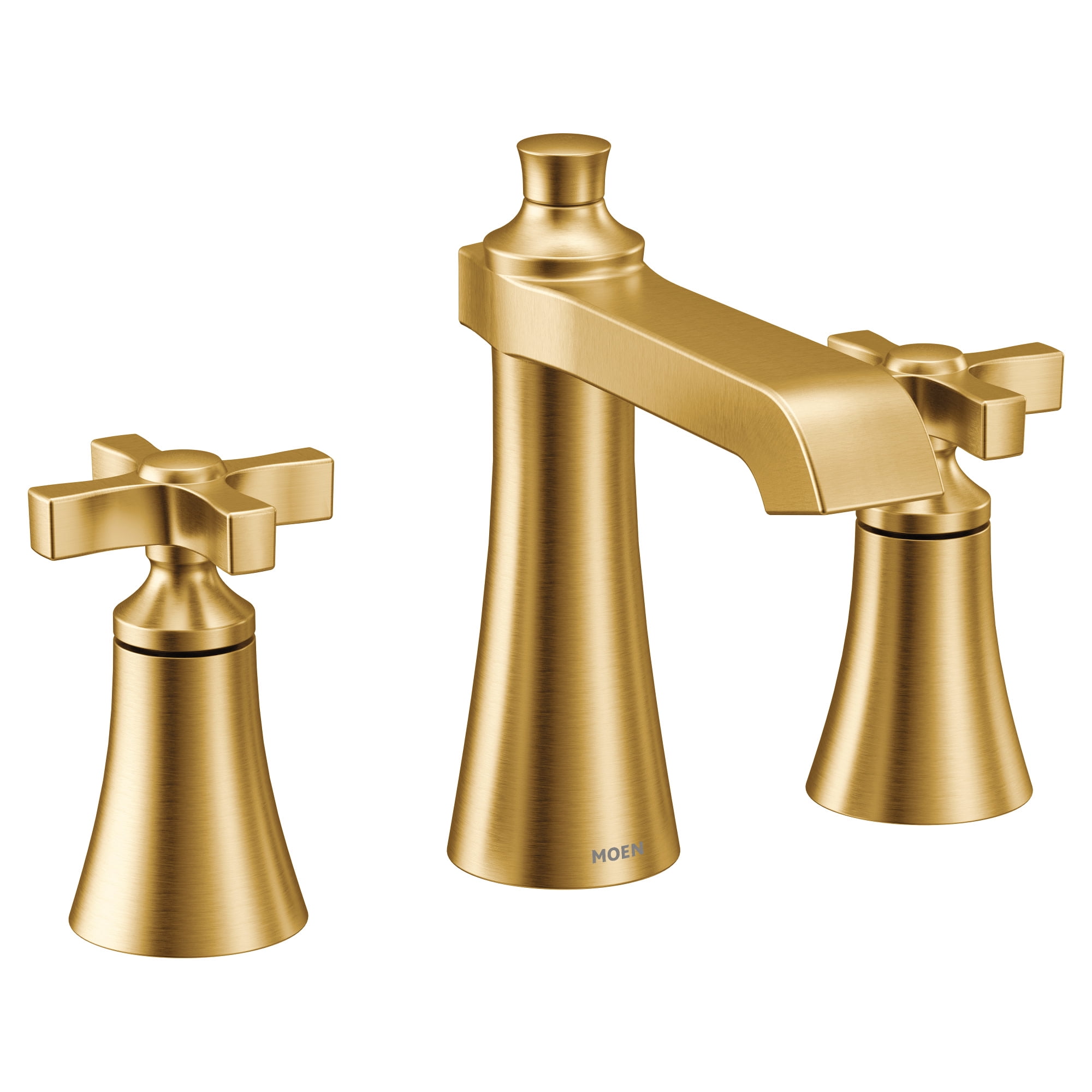Moen Method Overview

The Moen Method is a revolutionary approach to bathroom faucet design, breaking away from traditional methods and introducing a new era of functionality and style. This innovative system offers a unique blend of simplicity, durability, and aesthetics, transforming the way we interact with bathroom fixtures.
History and Impact
The Moen Method emerged as a response to the limitations of traditional bathroom faucets. These faucets often required complex installation processes, were prone to leaks and drips, and lacked the sleek, modern designs that contemporary bathrooms demanded. Moen, a leading manufacturer of bathroom fixtures, recognized this need and dedicated significant resources to developing a new system that would address these challenges. The Moen Method, introduced in the early 2000s, quickly gained popularity due to its innovative features and user-friendly design. This system revolutionized the bathroom faucet industry, setting a new standard for quality, performance, and aesthetics.
Advantages and Disadvantages
Advantages
The Moen Method offers numerous advantages over traditional bathroom faucet designs. Here are some key benefits:
- Simplified Installation: The Moen Method’s unique design simplifies the installation process, making it easier for both professionals and DIY enthusiasts. The system’s pre-assembled components and intuitive instructions reduce the complexity of installation, saving time and effort.
- Enhanced Durability: The Moen Method employs high-quality materials and robust construction, resulting in faucets that are built to last. The system’s components are engineered to withstand the rigors of daily use, ensuring long-term performance and reliability.
- Leak-Proof Performance: The Moen Method’s innovative design incorporates advanced sealing technology, minimizing the risk of leaks and drips. The system’s precision engineering and high-quality components ensure a tight seal, preventing water from escaping and reducing water waste.
- Stylish Aesthetics: The Moen Method offers a wide range of styles and finishes to complement any bathroom design. From sleek, contemporary designs to classic, traditional styles, the system provides options to match any taste and aesthetic preference.
Disadvantages
While the Moen Method offers numerous advantages, there are also some potential disadvantages to consider:
- Higher Cost: The Moen Method’s innovative design and high-quality components often come at a higher price point compared to traditional bathroom faucets. However, the system’s durability and long-term performance justify the investment for many homeowners.
- Limited Compatibility: The Moen Method’s unique design may not be compatible with all existing bathroom fixtures. Homeowners considering the Moen Method should ensure that their existing plumbing and fixtures are compatible with the system.
Moen Method Faucet Components: Moen Method Bathroom Faucet

The Moen Method bathroom faucet is a marvel of modern engineering, featuring a carefully crafted assembly of components that work in harmony to deliver a seamless and satisfying user experience. Each part plays a crucial role in ensuring reliable water flow, precise temperature control, and long-lasting performance. Let’s delve into the intricate world of Moen Method faucet components.
Cartridge
The cartridge is the heart of the Moen Method faucet, responsible for controlling both water flow and temperature. It’s a compact, self-contained unit that houses the internal mechanisms that regulate the flow of water. The cartridge is typically made from durable ceramic discs that create a tight seal, preventing leaks and ensuring smooth operation.
Handle
The handle is the user interface of the Moen Method faucet, allowing you to control the flow and temperature of the water. It’s typically made from high-quality metal, often chrome-plated for a sleek and durable finish. The handle is connected to the cartridge via a stem, which transmits the turning motion of the handle to the cartridge’s internal mechanism.
Spout, Moen method bathroom faucet
The spout is the part of the faucet that delivers the water. It’s typically made from metal, often chrome-plated or finished in a variety of other materials to match the overall design of the faucet. The spout is connected to the cartridge via a pipe that carries the water from the cartridge to the spout’s outlet.
Other Accessories
Moen Method faucets may include additional accessories that enhance their functionality and aesthetics. These accessories can include:
- Aerator: This small, detachable component is attached to the spout’s outlet. It mixes air with the water stream, creating a more gentle and efficient flow.
- Escutcheon: This decorative plate covers the hole in the sink or countertop where the faucet is mounted. It adds a touch of elegance and complements the overall design of the faucet.
- Supply Lines: These flexible hoses connect the faucet to the hot and cold water supply lines. They are typically made from braided stainless steel for durability and flexibility.
Materials
Moen Method faucets are crafted from high-quality materials that ensure durability and performance.
- Brass: Brass is a common material used in faucet construction due to its strength, durability, and resistance to corrosion. It’s often used for the body, spout, and handle.
- Ceramic: Ceramic discs are used in the cartridge to provide a tight seal and prevent leaks. They are also highly resistant to wear and tear, ensuring long-lasting performance.
- Stainless Steel: Stainless steel is often used for the supply lines, providing flexibility and durability.
